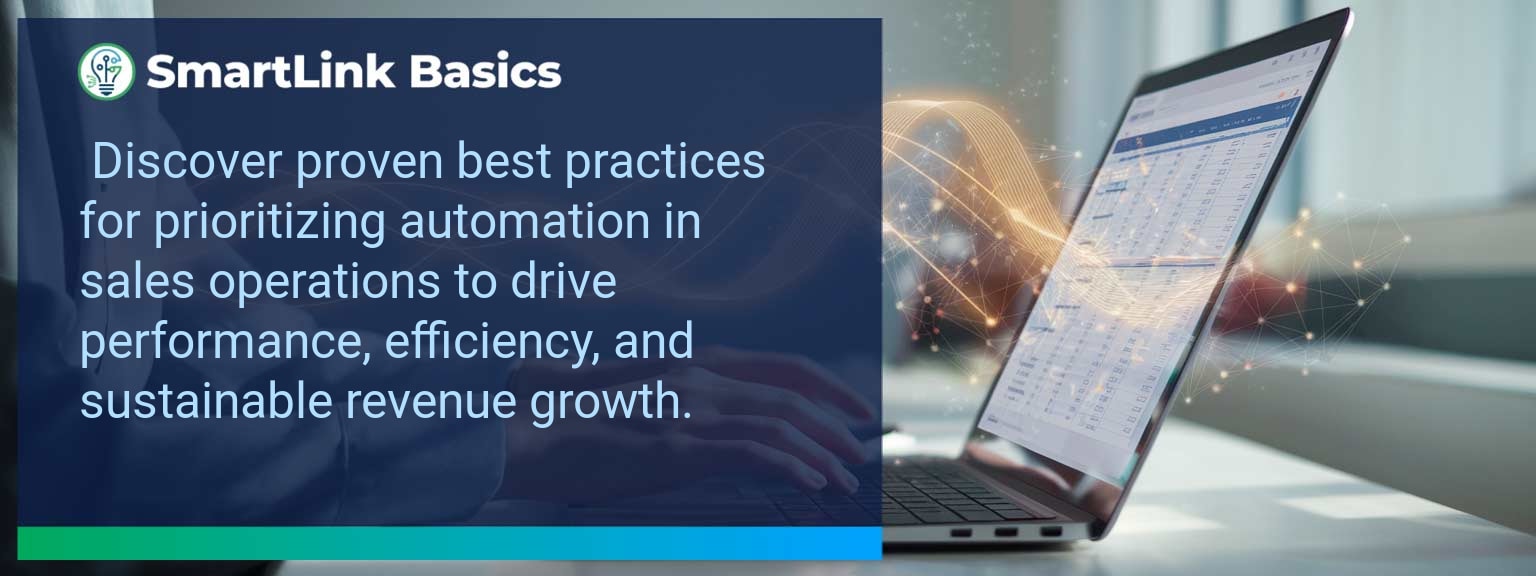Sales leaders who break internal walls grow faster. SmartLink Basics research shows that teams who coordinate across functions close deals up to 25% faster, and a tight process upgrade can lift average deal size. Cross Functional Collaboration is now a tactical lever for modern revenue operations, not a soft HR initiative. This post explains why that shift matters, how to redesign your revenue operating system, and exactly what to measure so you convert collaboration into predictable revenue.
- Cross Functional Collaboration reduces handoff friction and surfaces customer signals earlier.
- Redesign your revenue ops around ICP, pipeline architecture, plays, and operating cadence.
- Use a 90‑day test segment and sales enablement assets to prove impact quickly.
- Track leading, lagging, and quality metrics tied to behavior and outcomes.
- Combine human coordination with AI to scale context sharing and personalization.
What Changed And Why Cross Functional Collaboration Matters Now
Buyers expect integrated experiences that reflect product, marketing, and service knowledge. Siloed teams create fragmented messaging and slower decisions. This increases churn risk and elongates sales cycles.
Cross Functional Collaboration aligns incentives and shortens feedback loops so product enhancements and marketing campaigns match real customer needs. A clear goal: reduce time-to-value for new customers while increasing ARPA.
Redesign The Revenue Operating System With Cross Functional Collaboration
A revenue operating system that centers collaboration converts strategy into repeatable execution. Begin with a single segment and map the handoffs, decision points, and knowledge sources across teams. Keep the initial scope narrow to reduce variables.
Make shared success criteria explicit. When sales, marketing, product, and customer success agree on the same KPIs, you remove hidden conflicts and speed prioritization.
ICP, Segmentation, And Targeting
Define an ICP with input from product usage, customer success outcomes, and win/loss analysis. That collective view improves targeting and helps marketing craft higher‑intent programs.
Example: A SaaS vendor aligned product signals with ABM lists and increased meeting-to-opportunity rate by 18%. Action: add two product-derived signals to lead scoring this quarter.
Pipeline Architecture
Redesign stages to reflect cross-team checkpoints rather than single‑team passoffs. Add explicit validation gates where product or customer success confirms fit or risk.
Example: Insert a “technical validation” stage with a 48‑hour SLA. Action: track gate pass rate and time to decision weekly.
Plays And Messaging
Build plays that combine sales outreach, content from marketing, and product demos that illustrate specific outcomes. A playbook should include triggers, templates, and required assets.
Example: A renewal play that deploys product usage reports and service outreach reduced churn for at-risk accounts by 12%. Action: standardize three cross-functional plays for priority segments.
Operating Cadence
Set a shared operating cadence with short tactical sprints and monthly strategy reviews. Include clear roles, decision rights, and escalation paths for fast alignment.
Example: Weekly 30‑minute triage between sales ops and product managers reduced feature-request backlog for high-value deals. Action: adopt a 30/60/90 meeting rhythm for pilot teams.
Implementing Cross Functional Collaboration
Start with a single pilot that includes one sales pod, one product owner, and a marketing campaign. Use a RACI matrix to clarify responsibilities and a shared Trello or project board to track work.
Train reps on how to surface product feedback and equip marketers with win stories. Link enablement content directly in the CRM so teams use the same artifacts. For deeper guidance, see expert insights from SmartLink Basics.
Measuring Impact On Customer Experience And Revenue
Measure both behavior and outcomes. Leading indicators show adoption; lagging measures confirm revenue impact. Quality signals capture alignment and communication clarity.
Example: A cross-functional pilot tracked demo-to-proposal velocity (leading), win rate (lagging), and an alignment survey (quality). Within 90 days, win rate improved and NPS rose for the pilot segment.
Table or diagram description: The following table lists practical metrics you can track to connect collaboration activity to revenue outcomes.
| Category | Metric | Definition | Target |
|---|---|---|---|
| Leading | Cross-Team Play Execution Rate | % of prescribed plays launched for target accounts | 75%+ |
| Leading | Product Feedback Tickets Submitted | Number of actionable product insights logged per sprint | 10+ / sprint |
| Lagging | Pipeline Velocity | Average days from qualified lead to close | 20% reduction |
| Lagging | Revenue per Account | Average ARR or revenue from pilot segment | 10%+ growth q/q |
| Quality | Alignment Score | Survey-based score for clarity of goals and roles | 80%+ positive |
| Quality | Customer Experience Improvement | Change in NPS or CSAT for pilot cohort | +5 points |
Get the 90-day plan, coaching rubric, and dashboard template to operationalize AI in your enablement program.
The Future Of Collaboration And AI In Sales
AI will speed context sharing and identify signals across CRM, product telemetry, and marketing interactions. Teams that combine human judgment with AI-driven summaries will move faster while keeping conversations relevant.
Action: pilot an AI summarization layer for deal briefs and customer issues to reduce meeting time and improve handoff clarity.
Practical Next Steps To Turn Collaboration Into Revenue
Start small: pick a pilot segment, align a playbook, and set three metrics from the table above. Run a 90‑day sprint and use weekly check-ins to remove blockers. Summarize results and scale what moves the metrics.
SmartLink Basics offers frameworks and templates that accelerate this work; review our resources to shorten your learning curve. AI-driven sales enablement resources from SmartLink Basics







